

Parliament of Samoa

Home > About Parliament > Standing Orders

Standing Orders
The Authority that provides for the formulation of the Standing Orders is derived from the Constitution of the Independent State of Samoa, Article 53:
“Subject to provisions of this Constitution, the Legislative Assembly may make, amend and repeal Standing Orders regulating its procedure.”
STANDING ORDERS OF PARLIAMENT - “Regulates procedures of Parliament”
WHAT IS A STANDING ORDER?
A set of written rules which govern both the internal procedures that must be followed by the Assembly and its Committees.
• The Standing Orders is reviewed by the Standing Orders, Electoral, Petitions and Constitutional Offices Committee every 5 years before the dissolution of Parliament
• It does not have the force of law as it does not constitute an Act of Parliament or Regulation.